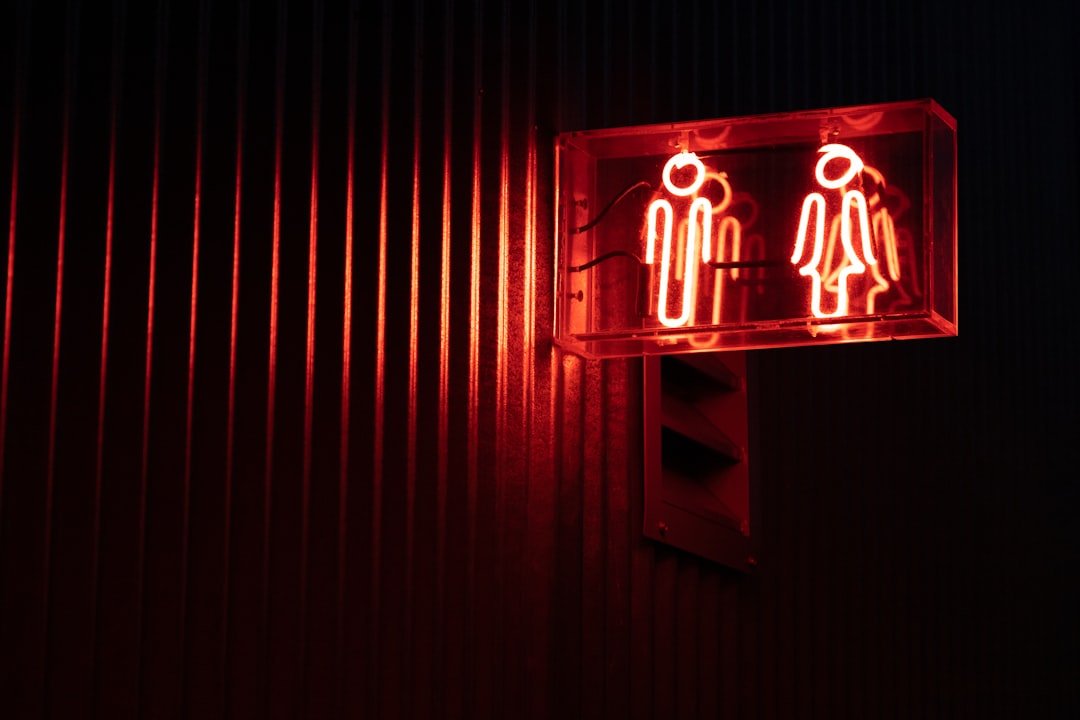
While younger demographics today are actively working to break down traditional gender expectations and biases, the truth remains that numerous such norms continue to permeate everyday life. Often, these conventions operate subtly, escaping close examination from the public at large. It’s somewhat paradoxical that some of the most pervasive gender-based practices are also among the most peculiar, highlighting the deep-rooted nature of these societal patterns. For instance, studies from organizations like the World Economic Forum indicate that, despite progress, implicit gender biases affect over 40% of global interactions, underscoring the need for ongoing awareness.
High-profile issues such as reproductive rights and wage disparities rightly capture widespread public and global focus, as they deserve. Yet, it’s the subtler, routine instances of differential treatment toward men, women, and non-binary individuals that often go overlooked, leading to quiet forms of discrimination. As societal attitudes evolve, examining these everyday quirks becomes essential, even if they feel outdated and uncomfortable in our modern context.
Below, we’ll explore several quirky examples of how gender differences manifest in daily life. Given the rapid shifts in cultural norms, these patterns may not endure, but acknowledging them now is a crucial step toward fostering greater equality and understanding.
1. Baby Changing Tables
Step into most women’s restrooms across the country, and you’re likely to spot at least one baby changing station, either in the main area or within an accessible stall to accommodate caregivers and their children more comfortably. These facilities prove invaluable for parents managing errands or outings, allowing for quick and convenient care.
Yet, it’s worth questioning why such amenities are frequently absent from men’s restrooms. To be precise, newer public facilities often include changing tables in both men’s and women’s spaces as a standard feature. However, older structures that haven’t undergone recent renovations continue to fall short. A significant policy shift occurred in 2016 with the BABIES Act, signed by President Obama, mandating these installations in federal buildings to promote inclusivity. Despite this, private establishments remain exempt, leaving fathers and non-binary parents in awkward, and sometimes impractical, predicaments. They often resort to improvised solutions or delay care until a suitable location is found, a situation that disproportionately impacts family dynamics and highlights ongoing accessibility gaps—data from the National Association of Diaper Banks suggests that nearly 20% of parents report challenges in public spaces due to these inconsistencies.
2. Women’s Clothing Lacks Pockets
When admiring a woman’s new outfit, you might gauge her enthusiasm by whether she mentions the pockets—a lighthearted observation with a serious undertone. Virtually every woman will express a strong preference for clothing with functional pockets, yet the pockets in women’s jeans, pants, and tops are typically undersized, serving more as decorative elements than practical storage.
This issue has deep historical roots, dating back to the 17th century when women’s fashion prioritized aesthetics over utility, from restrictive petticoats to form-fitting designs. Over time, the emphasis on feminine appearances in garments like skinny jeans has overshadowed the need for everyday convenience, forcing women to rely on bulky bags to carry essentials. As fashion evolves, advocates hope this trend will shift, potentially dismantling long-standing inequalities—one study by the Fashion Revolution organization notes that women spend an average of $2,000 more annually on accessories due to inadequate pocket designs, amplifying the burden of gender-based fashion norms.
3. Car Insurance Prices
Beyond the well-known inequities in earnings, financial discrepancies tied to gender extend into other areas, such as vehicle coverage. Research consistently shows that women often face higher car insurance rates than men, even though statistics reveal they are involved in fewer accidents overall. For example, a 2020 analysis by The Zebra found that women could pay up to 7.6% more for the same coverage, a trend that persists without clear justification.
The lack of transparency in these pricing models has prompted several states to implement restrictions on gender-based premiums, though no nationwide policy exists yet. Without evidence-based reasons for the disparity—such as differences in driving behavior—this practice comes across as an unwarranted penalty, further widening economic gaps. Experts from the Consumer Federation of America estimate that this could add hundreds of dollars to annual costs for women drivers, emphasizing the need for regulatory reforms to address such subtle discriminations.
4. The “Pink Tax”
The concept of the “pink tax” might be familiar to many, but its full implications are less understood. This phenomenon refers to the higher pricing of products marketed specifically to women compared to similar items aimed at men, even though they serve the same purpose. It’s not an official levy, but rather a market-driven inequality that affects everyday essentials, including:
• Personal care soaps
• Body lotions
• Shaving razors
• Deodorants
Manufacturers may downplay these differences, but side-by-side comparisons reveal a clear pattern of elevated costs for women’s versions. When layered onto existing wage gaps—where women earn about 82 cents for every dollar men earn, according to recent U.S. Bureau of Labor Statistics data—it exacerbates financial strain. Efforts to combat this are growing, with consumer advocacy groups pushing for transparency; a 2021 report from the New York City Department of Consumer Affairs estimated that the pink tax adds up to $1,300 extra per year for women on personal care items alone, illustrating just how deeply these practices influence economic equality.
These examples barely scratch the surface of gender-based disparities in society. Although attitudes are shifting and advancements are underway, it’s evident that achieving true equity will require sustained effort and broader systemic changes.




